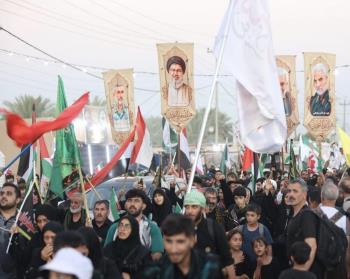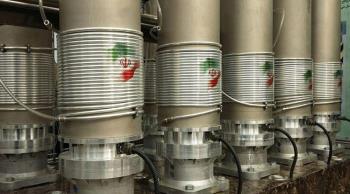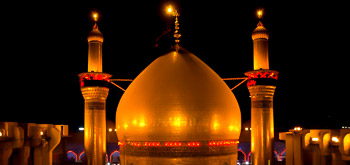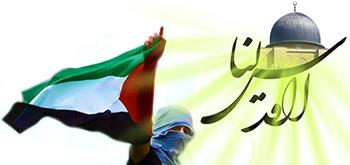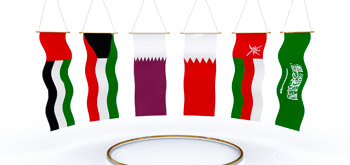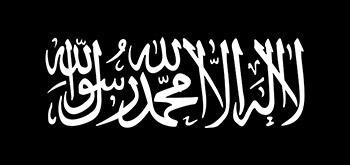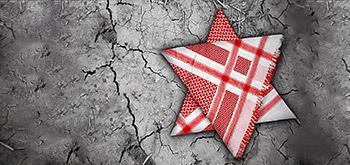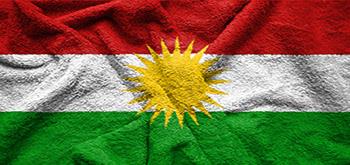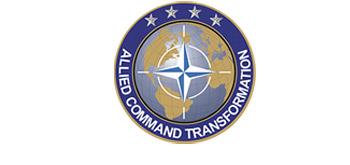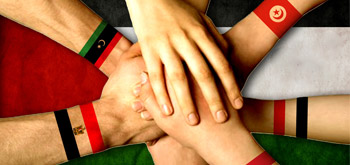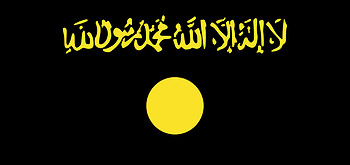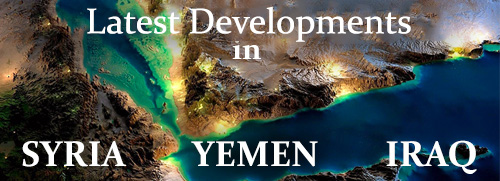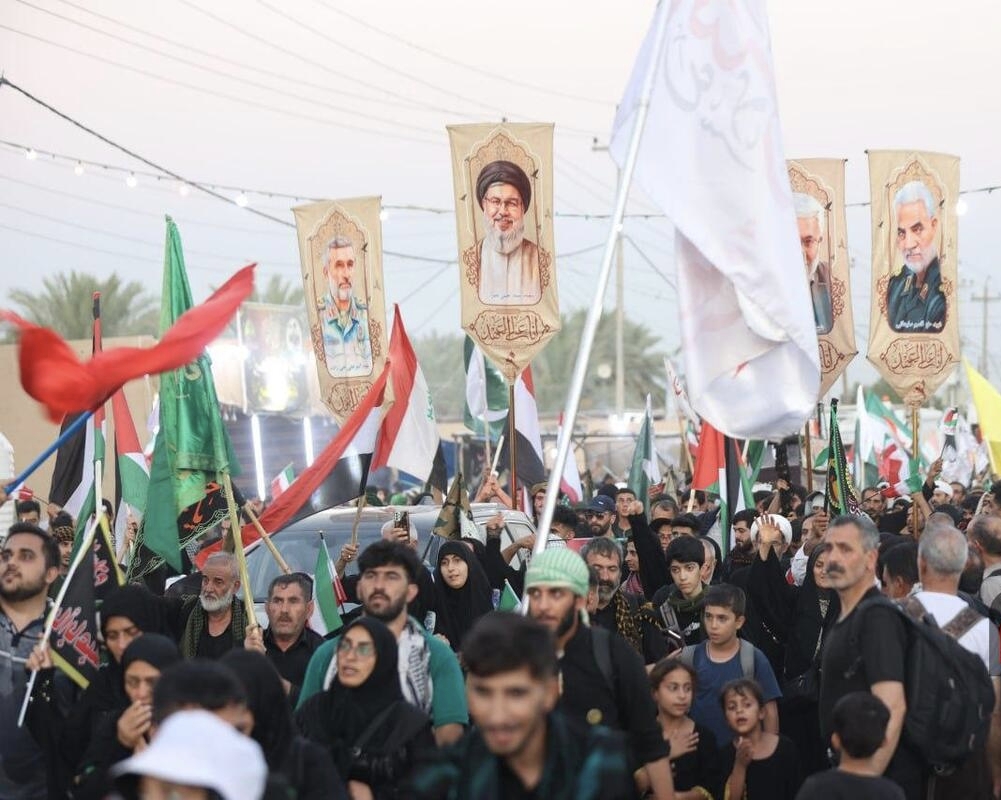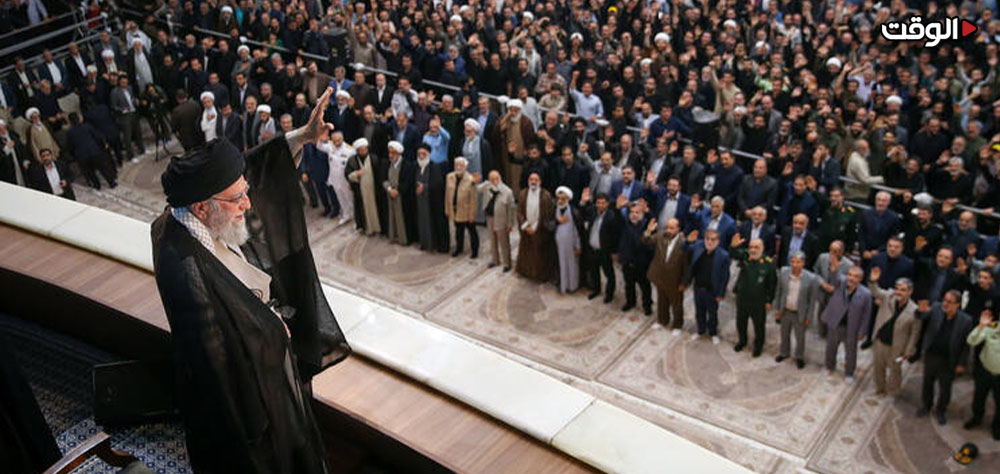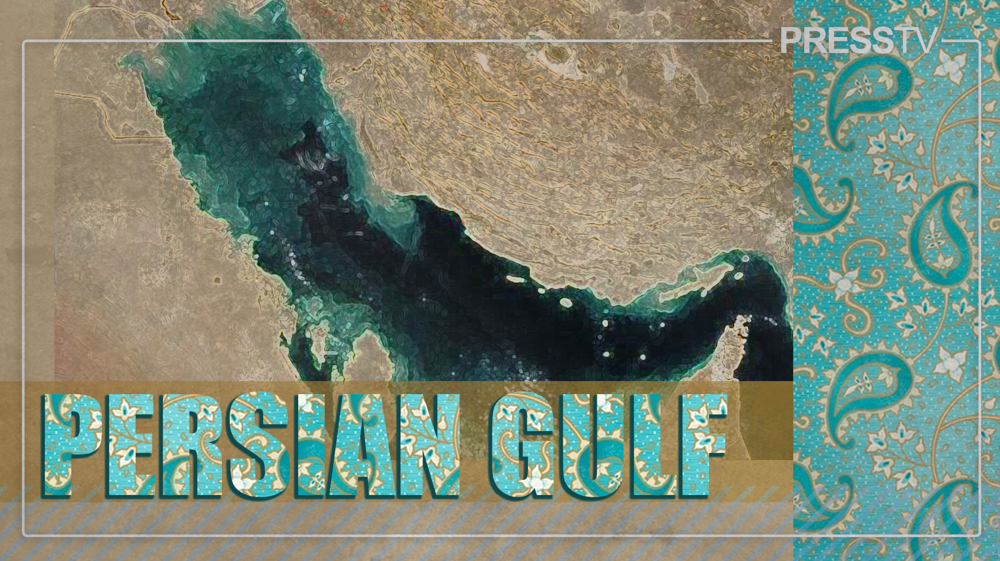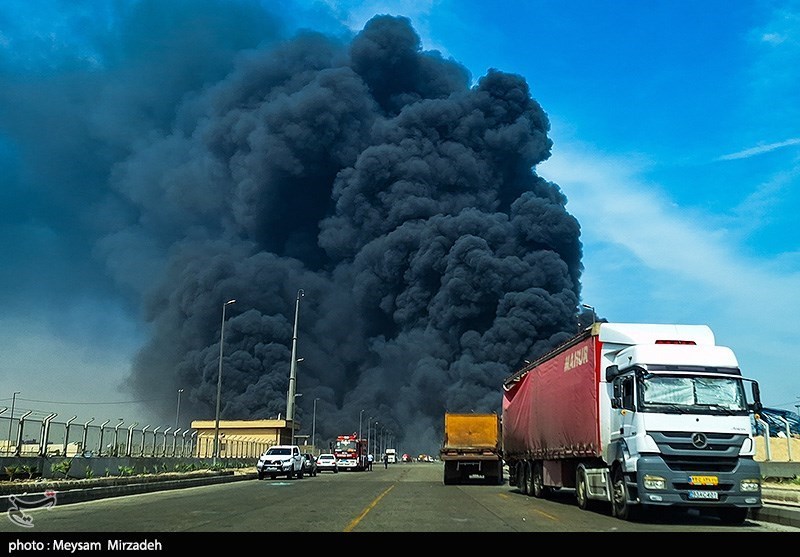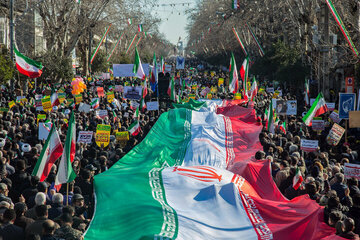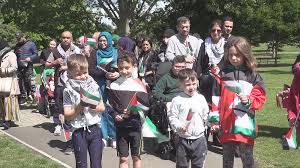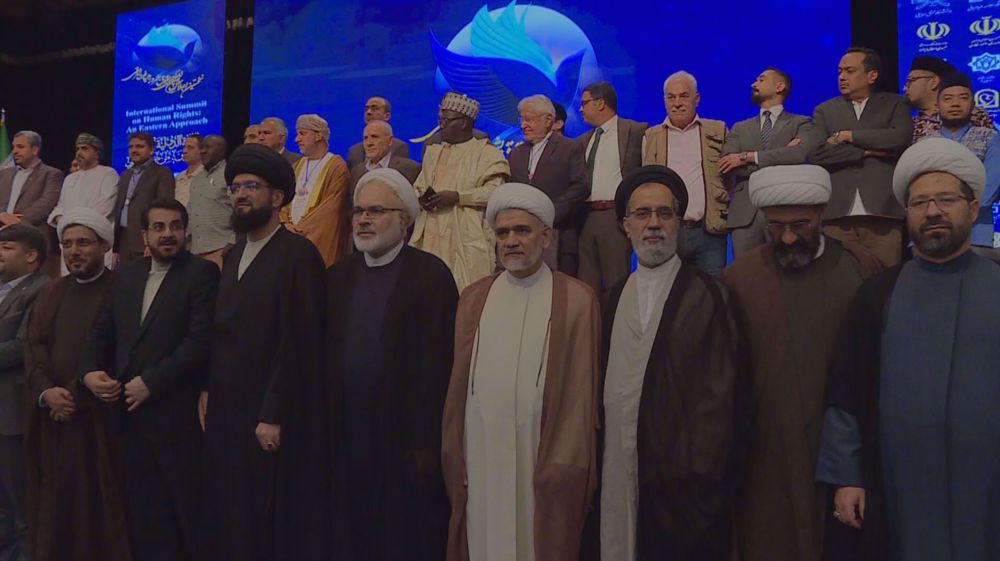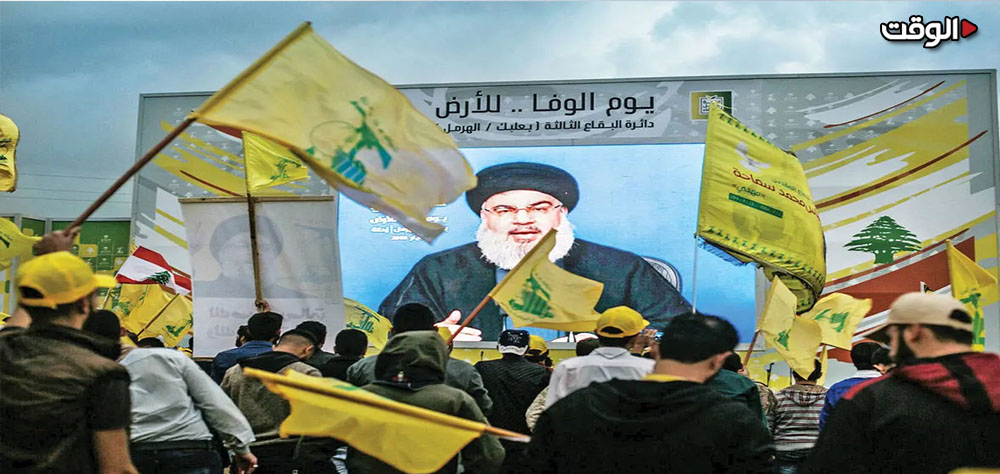Alwaght- In recent years, Arbaeen has not only become the world's largest religious congregation but also emerged as a pivotal force in West Asia's security and political landscape, uniting the discourse of the Axis of Resistance. Rooted in Shiite mourning rituals for Imam Hussein, the Prophet Muhammad’s grandson, this annual event has now evolved into a powerful ideological symbol—a rallying cry for nations resisting Western imperialism and occupation.
In this year's Arbaeen, the regional conditions have specially influenced this religious event. The 12-day Iran-Israel war, the wonderful Gaza resistance to the imposed starvation, and the US pressures to impair Iraq's Popular Mobilization Forces (PMF) have all reflected in one way or another in the chants, speeches, and symbols of Arbaeen. This coincidence has turned Arbaeen into a basis for reproduction of the soft and hard power of the Axis of Resistance.
Arbaeen: From religious ritual to strategic discourse of Resistance front
Though Arbaeen by itself is a religious and ritual ceremony, in the present day this ritual has turned into a powerful machine producing a common identity for the Axis of Resistance. The million march between the holy cities of Najaf and Karbala is a showcase of ummah-making and geopolitical coalition of Resistance countries— an ummah where the lines of the borders are blurred and a belief in justice, human dignity, rejection of oppression links millions of people of regional nations.
In this discourse, the memory of Karbala is no longer simply a reminder of the oppression of Yazid and the oppression of Hussein, but has become a living model for confronting colonialism, occupation, and discrimination in the contemporary world. For this reason, Arbaeen is not only a ritual of worship, but also a workshop for the production of political-resistance meaning for nations and resistance forces.
12-day war and Gaza resistance reflect on Arbaeen
The influence of the 12-day war Israel waged against Iran that ended shortly before Muharram month was bold on this year's ceremony. The Palestinian flags alongside the flags of Imam Hussein, the slogans of “Labbayk Ya Gaza” and “Death to Israel,” and the speeches of Resistance figures along the route of the march all showed that the Karbala incident is alive in the public conscience of the Resistance camp as a model of struggle against oppression.
The people of Gaza, under the most severe food and medicine siege in recent months, have been inspired by the culture of Ashura and refused to surrender and leave their land. This resistance against famine and hunger reminded the minds of the Arbaeen marchers of the scenes of thirst of the Ahl al-Bayt (family of the Prophet Mohammed) in Karbala. Direct comparisons between the besieged children of Gaza and the children of Imam Hussain became part of the dominant literature of the ceremony.
In addition, the strong presence of Arbaeen caravans from Lebanon, Yemen, and even occupied Palestine symbolized that the battlefield and the path to Karbala are intertwined; where the blood of martyrs in Gaza, southern Lebanon, and Iraq is tied to the soil of the path from Najaf to Karbala.
Thwarting American plots against the PMF; message of Iraqi unity in Arbaeen
One of the important points of Arbaeen in this year was the reflection of the failure of the latest US efforts to weaken and dissolve Iraq's PMF. Over the past months, Washington, through political pressure and parliamentary proposals, sought to change the structure of this popular force and integrate it into the Iraqi army in an ineffective manner. However, this plan failed due to widespread opposition from the people and resistance groups.
On Arbaeen this year, many Iraqi mawkebs (roadside service station) and mourning groups openly voiced their support for the PMF. Pictures of martyred commanders, placards reading "the PMF Guarantees Iraq's Security" , and the strong presence of PMF forces in providing security on the march routes showed that Iraq's national unity has been preserved against separatist projects and those seeking to weaken the resistance forces.
This presence sent a clear message to Washington and its allies: the same people who gather on Arbaeen are the same social force that turned the PMF into an invincible force in the battle against ISIS terrorist group and in defense of Iraqi sovereignty.
Arbaeen as an engine of rebuilding soft and hard power of Axis of Resistance
Arbaeen is not a mere religious gathering. It is in strategic terms an engine for simultaneously rebuilding the soft and hard power of the Resistance camp. In the soft power terms, Arbaeen produces common identity, massive communication between among the nations, and social capital. In hard power terms, this ceremony solidifies the public bonds with the resistance groups through boosting the spirit of resistance.
This year, the marching trail witnessed informal meetings between political activists, religious leaders, and field commanders of the Axis of Resistance. This convergence, without the need for formal mechanisms, allows for the exchange of messages and political coordination. In effect, Arbaeen has become a strategic popular-resistance forum that has alarmed the enemies of the Resistance front.
Arbaeen 2025; final message to the regional and trans-regional enemies
The messages of this year’s Arbaeen were clear to the Israeli regime and the US:
- The Axis of Resistance has grown stronger ideologically and popularly, despite the pressures and wars.
- The attempt to weaken the will of the nations of the region who are inspired by the culture of Ashura will fail.
- Transnational unity on the path to Karbala is a practical response to the enemy’s divisive policies.
Arbaeen reminds the enemies that wars may temporarily end, but the spirit of resistance is renewed with greater fervor every year. If the Tel Aviv has failed to break the will and resistance of Gaza and Iran in the war, it is partly because the culture that draws millions of people from all over the world to the shrine of Imam Hussein annually.
Arbaeen 2025 is a confluence of spirituality and politics and a symbol of the bonds of the blood of Karbala martyrs with the blood of the martyrs of Gaza, Iraq, Lebanon, and Yemen. This ceremony actually has once again showed that the discourse of the Axis of Resistance rests not only on tactics and weapons as hard power but also on deep ideological and popular roots.
At a time the regional and trans-regional enemies are seeking to weaken this regional bloc through war, blockade, and political pressure, Arbaeen serves as large-scale social maneuver displaying the firm will of the "nations of Resistance." The message all heard from Najaf to Karbala path is as follows: We are nations that do not accept defeat because in the school of Imam Hussein and Ashura we learned that it is better to die in glory than to live in humiliation.

